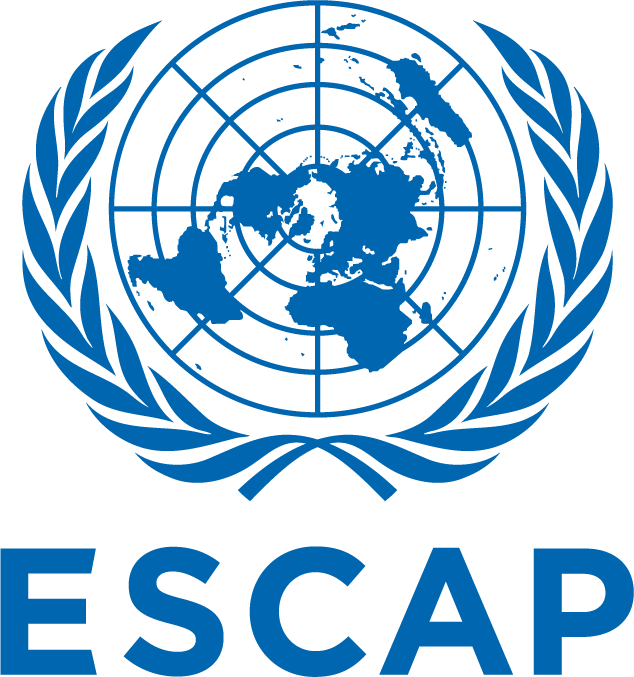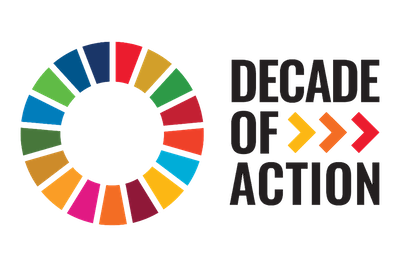“We have to learn from COVID… We can’t wish away systemic risk. It’s much much cheaper, much more effective to invest upfront in order to avoid disaster and so it is with climate change – a crisis which also involves the entire world and one from which no one can self-isolate.”
In Asia and the Pacific, the impact of COVID-19 has been tremendous due to the high concentration of people, economic activities and resource consumption.
“Act decisively and early to prevent the further spread or quickly suppress the transmission of COVID-19 and save lives” is the first strategic objective of the UN framework on responding to the socio-economic impacts of COVID-19.
Worldwide, many countries continue to experience an extended period of COVID-19 risks. There are no off-the-shelf solutions for managing such a complex crisis, in which measures to prevent transmission will have colossal economic and social costs. Countries are forced to confront hard choices of balancing the needs to save lives and to save livelihoods.
Last week saw a ‘crisis on top of a crisis’ in South Asia – the unprecedented impacts of the COVID-19 pandemic in the region was followed by the most powerful cyclone to strike India and Bangladesh for 20 years. Cyclone Amphan claimed over 100 lives and destroyed the homes and livelihoods of thousands of families already struggling to cope with the COVID-19 crisis.
How do we weather a destructive tropical cyclone during a pandemic? A province in northern Philippines offers some practical pointers.
Against all odds
Despite being battered by some of the strongest typhoons, Albay, a province of 1.5 million people, has not seen a single disaster-related death in three decades except during a double typhoon disaster in 2006.
The last few months have seen the collisions of COVID-19 with climate extremes. Its impact is potentially inter-generational where poverty, disaster risks and environmental degradation converge, especially in multi-hazard risk hotspots such as South Asia.
The COVID-19 pandemic has created unprecedented changes to the way we lead our lives and our reliance on ICT connectivity has grown even faster than before. However, the region is also one of the most digitally divided, with less than 14 percent of the population connected to affordable and reliable high-speed Internet.
COVID-19 challenges the very fabric of human possibilities, survival and needs while amplifying the impacts of any ongoing crisis, especially the one faced currently by South Asia. Against a backdrop of critical socioeconomic vulnerabilities, the sub-region is now confronting the pandemic along with extreme events like tropical cyclones, recurring flood hazards, as well as outbreaks of water/vector-borne diseases. The increasing complexity from cascading risks is leading to greater uncertainties in policy responses.
Asif Ali (name changed) and his wife live with three children in a rural township bordering India and Bangladesh. Asif lost his job as a mechanic when the COVID-19 lockdown forced the closure of a small repair shop. Furthermore, the months leading into the monsoon season led to severe flooding, leaving him with a damaged home and lost livestock that had provided an additional livelihood. As the waters receded, it became a perfect breeding ground for vectors.


